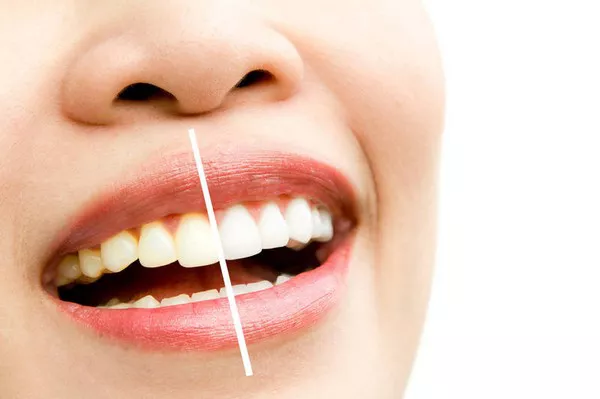Invisalign has gained significant popularity as an alternative to traditional braces for straightening teeth. However, the question remains whether Medicaid, a government-funded healthcare program, covers the cost of Invisalign. Understanding the eligibility criteria and coverage options for Invisalign under Medicaid will help individuals make informed decisions about their orthodontic treatment options.
Understanding Invisalign:
Invisalign is a modern and innovative orthodontic treatment that uses a series of clear, removable aligners to gradually straighten teeth. Unlike traditional braces, Invisalign aligners are virtually invisible, making them a popular choice for individuals seeking a more discreet option to correct teeth misalignment and bite issues. The aligners are custom-made for each patient and are replaced every few weeks as the teeth move into their desired positions.
Medicaid Overview:
Medicaid is a joint federal and state-funded healthcare program that provides health insurance coverage to eligible low-income individuals and families. Each state administers its Medicaid program, and the coverage and benefits can vary depending on the state’s guidelines and regulations. Medicaid typically covers essential medical services, such as doctor visits, hospital stays, prescription medications, and preventive care.
Does Medicaid Cover Invisalign?
The coverage of Invisalign under Medicaid varies by state, and not all states include orthodontic treatments like Invisalign as part of their Medicaid benefits. To determine whether Medicaid covers Invisalign in a specific state, individuals need to consider the following factors:
State-Specific Coverage: As mentioned earlier, Medicaid is state-administered, and each state decides which benefits to include in its Medicaid program. Some states may include orthodontic treatments like Invisalign as part of their dental coverage, while others may not.
Age Restrictions: Medicaid coverage for orthodontic treatments like Invisalign often has age restrictions. Children and teenagers are more likely to be eligible for orthodontic benefits under Medicaid than adults.
Medical Necessity: Medicaid typically covers treatments that are deemed medically necessary. In the case of Invisalign, coverage may be limited to instances where the treatment is necessary to correct significant dental or bite issues.
Waiting Periods: Some states may have waiting periods before orthodontic treatments like Invisalign become eligible for coverage.
Prior Authorization: Medicaid may require prior authorization from a dentist or orthodontist to approve coverage for Invisalign.
Considering Private Insurance or Other Options:
If Medicaid does not cover Invisalign or if an individual does not qualify for Medicaid, there are other options to consider:
Private Dental Insurance: Some private dental insurance plans offer coverage for orthodontic treatments, including Invisalign. Individuals can explore private insurance options to find a plan that suits their needs.
Dental Discount Plans: Dental discount plans can provide reduced fees for dental services, including orthodontic treatments like Invisalign. These plans require individuals to pay an annual membership fee to access discounted dental services.
Financing Options: Many dental offices and orthodontists offer financing plans to help patients manage the cost of orthodontic treatments like Invisalign. These plans may include low-interest rates and flexible payment options.
Conclusion:
The coverage of Invisalign under Medicaid varies by state and depends on several factors, including state-specific coverage, age restrictions, medical necessity, waiting periods, and prior authorization. Individuals interested in Invisalign treatment should check with their state’s Medicaid program to determine eligibility and coverage options.
If Invisalign is not covered under Medicaid or if an individual does not qualify for Medicaid, other alternatives include private dental insurance, dental discount plans, and financing options offered by dental offices. Exploring these options will enable individuals to make an informed decision about their orthodontic treatment and achieve a straighter and more confident smile with Invisalign. It is essential to consult with a dentist or orthodontist to discuss the most suitable treatment options and explore potential financing solutions for Invisalign.
Related Topics:
































